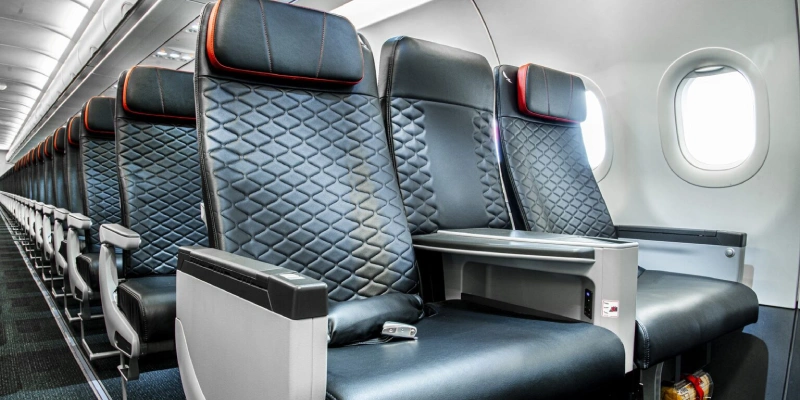The Federal Aviation Administration (FAA) of the United States plans to announce a significant measure to enhance safety at Ronald Reagan Washington National Airport. Following a tragic accident involving a helicopter and a regional jet from American Airlines that resulted in 67 fatalities, the FAA will reduce the number of arrivals permitted per hour from 28 to 26. According to an email obtained by Reuters, this decision aims to reduce risks and allow for better coordination among air traffic controllers.
Increase in Delays and Air Traffic Staff Stress
The reduction in flights will have direct consequences on wait times. Average delays are expected to increase from 40 to 50 minutes. The report also indicates that FAA investigators and the National Transportation Safety Board (NTSB) have expressed concern about the rising stress levels among air traffic control personnel, who have had a close view of the recovery process following the accident.
It is still unclear whether this decision will lead airlines to cancel some flights.
→ Air Busan disallow power banks in overhead bins after plane fire
Additional Airspace Restrictions
The accident has led to significant restrictions on helicopter flights around Reagan Airport. These measures will remain in effect at least until the end of February. Additionally, two rarely used runways will remain closed.
During critical operations, such as police, medical, or presidential transport helicopter flights, the airspace will be completely closed to civilian aircraft, according to an FAA notice.
Review of Air Traffic Control Standards
U.S. Transportation Secretary Sean Duffy announced on Wednesday that he is reconsidering the policies that allowed air traffic supervisors to reduce staffing before the accident. Duffy noted that, prior to the incident, two air traffic control positions had been consolidated to manage helicopters and aircraft simultaneously.
“We are going to revoke that authority to ensure we have the appropriate policies in place within our towers and to guarantee that flying is safe,” Duffy stated.
Shortage of Air Traffic Controllers
An additional concern highlighted by Duffy is the shortage of air traffic controllers in the United States. Currently, the FAA faces a deficit of approximately 3,000 controllers, and nearly all control towers are understaffed. To address this situation, Duffy announced that measures will be implemented in the coming days to increase the training and hiring of new air traffic controllers.
This series of decisions aims to reinforce air safety at one of the busiest airports in the country while attempting to minimize the operational impact on airlines and passengers.
Related Topics
LATAM Airlines Presents Its New Brand Promise: “Welcome to Going Higher”
Avianca Expands Its Premium Flight Experience on Domestic Routes
Copa Airlines Extends Flight Suspension to Venezuela Until December 18
Satena Temporarily Suspends Flights to Venezuela

Plataforma Informativa de Aviación Comercial con 13 años de trayectoria.




